June 2, 2025 | 07:00 GMT +7
June 2, 2025 | 07:00 GMT +7
Hotline: 0913.378.918
June 2, 2025 | 07:00 GMT +7
Hotline: 0913.378.918
On the morning of June 1, at the ceremonial meeting in response to World Environment Day and the launch of National Action Month for the Environment 2025, Mr. Van Ngoc Thinh, CEO of WWF-Vietnam, did not begin his speech with a call to action, but with a stark number: more than 11 million tons of plastic are dumped into the ocean each year.
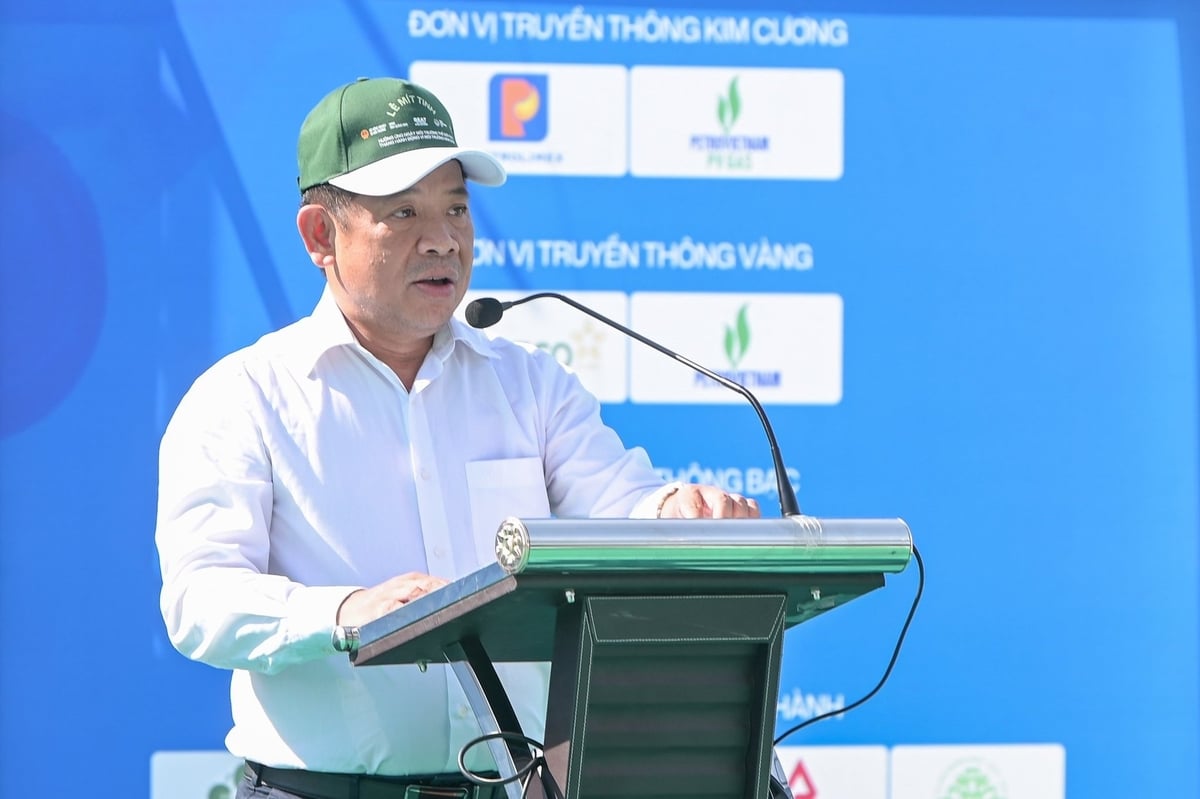
Mr. Van Ngoc Thinh speaks at the ceremony in response to World Environment Day 2025. Photo: Tung Dinh.
On the land of Ha Long - a locality directly confronting the consequences of marine pollution, Mr. Van Ngoc Thinh, Country Director of WWF-Vietnam, opened his remarks with a observation. He asserted, plastic waste is no longer a distant warning or an abstract future concern. It has become a harsh, daily reality, quietly but relentlessly degrading entire marine ecosystems. In his words, plastic waste is not merely discarded material. It is the point of origin for a cascading chain of impacts, from the loss of biodiversity and collapse of marine food chains, to the erosion of coastal livelihoods and skyrocketing costs of environmental remediation.
With over 3,200 kilometers of coastline and a significant portion of its economy reliant on the sea, Vietnam cannot stand outside this chain of impact. Once plastic waste begins to infiltrate, the damage to marine ecosystems becomes immeasurable.
However, Mr. Thinh did not call for sweeping macro-level changes. Instead, he called for practical and meaningful changes beginning at the individual level. He encouraged each citizen to take small but impactful steps, such as refusing single-use plastic products and choosing durable, sustainable alternatives. “The story of a plastic bag that is used for a few minutes but remains for hundreds of years is no longer new,” he remarked, “but the solution still eludes us because collective behavior has yet to truly change.”
At the systemic level, Mr. Thinh underscored the issue of waste separation at source - a principle already enshrined in law but unevenly applied in practice. He noted that much of the waste is still mixed, making recycling inefficient and costly. Models for plastic reduction and pollution prevention at the local level, while promising, remain in early or pilot stages. WWF-Vietnam, he shared, is actively piloting integrated waste management projects in key coastal areas such as Con Dao and Phu Quoc. However, a critical condition for success is the early and active involvement of local authorities.
Another focal point of his speech was the role of education and communication. Rather than one-way messaging, he advocated for communication strategies that help communities recognize the direct economic benefits of environmentally friendly behavior.
Instead of relying solely on warnings, he proposed that messages should be tied to tangible incentives. For example, when fishermen realize that plastic pollution drives away tourists or increases waste collection costs, they will naturally adapt their waste disposal practices aboard their vessels.
In the long term, Mr. Thinh expressed strong support for institutional reforms such as the Law of Environmental Protection and new policy frameworks to promote a circular economy. However, he also cautioned that these legal tools will only be effective if they are backed by reliable data, and if they include clear testing environments for new models of recycling, reuse, and waste valorization.
Turning to the role of the private sector, Mr. Thinh acknowledged that current measures such as Extended Producer Responsibility (EPR) are important, but not yet sufficient. Enterprises need additional, concrete policy support to strengthen their motivation and capacity to combat plastic pollution.
In closing, Mr. Thinh left the audience with a powerful message: “Every small action can become a building block in a systemic solution.” Only when individual behavior is effectively linked with national policies, market mechanisms, and local waste management strategies, he argued, can the fight against plastic pollution evolve from passive reaction to proactive transformation.
The ceremonial meeting in response to World Environment Day (June 5) and the launch of Environmental Action Month 2025 was jointly organized by the Ministry of Agriculture and Environment and the People’s Committee of Quang Ninh province. The event was coordinated and implemented by the Vietnam Agriculture and Nature Newspaper.
This year’s meeting embraces the global theme “Beat Plastic Pollution”, initiated by the United Nations Environment Programme (UNEP), which emphasizes the urgent need for collective action against plastic waste — one of the most pressing environmental challenges of our time.
A number of prominent enterprises and organizations accompanied the program as official partners and sponsors, including: Petrolimex, PV GAS, Petrovietnam, TKV, Vinamilk, La Vie, VIMC, EVNGENCO1, URENCO, among others.
Translated by Phuong Linh
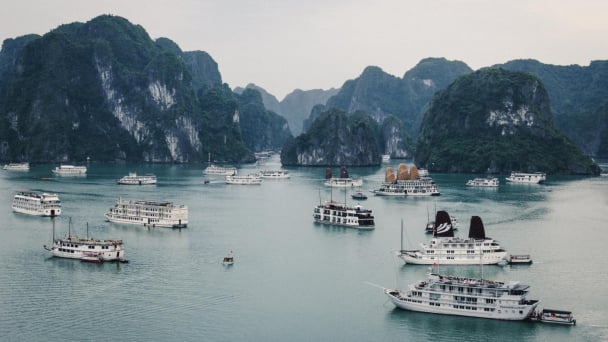
(VAN) Quang Ninh’s leaders have affirmed that the province was one of the first localities in the country to launch a province-wide campaign against plastic waste.
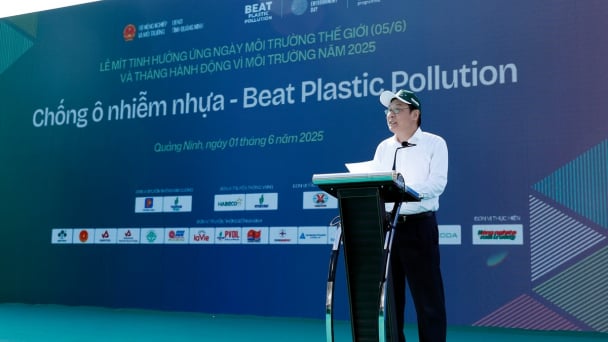
(VAN) Vietnam launches a campaign to reduce plastic waste, aiming for a green lifestyle and a circular economy, joining hands to protect the environment.
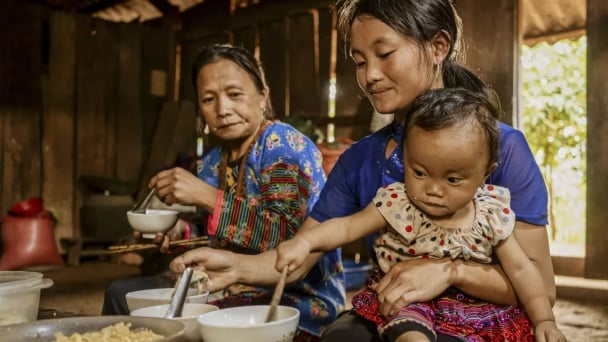
(VAN) 30 experts in health, agriculture and environment participated in a consultation workshop to inform the development of a methodological framework aimed at supporting Vietnam’s transition to a sustainable food system.
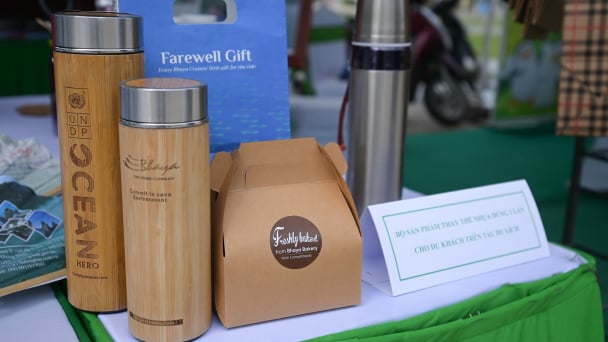
(VAN) Over the past five years, Quang Ninh Province has vigorously and synchronously implemented the ‘Say No to Plastic Waste’ campaign, yielding positive outcomes in advancing sustainable tourism.

(VAN) The prevention of plastic pollution necessitates collaboration among governments, businesses, and citizens. Today's little things contribute to a future free of plastic.

(VAN) This was the directive given by Deputy Minister Phung Duc Tien during a meeting with the Department of Livestock Production and Animal Health, and relevant stakeholders to prevent and control African swine fever.